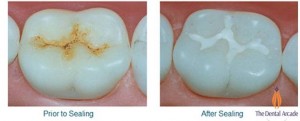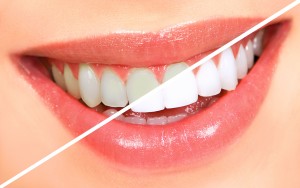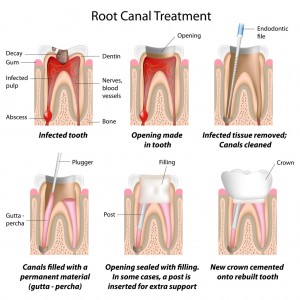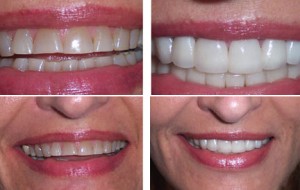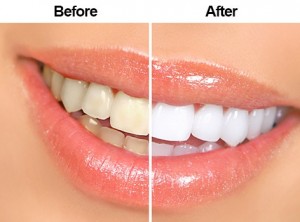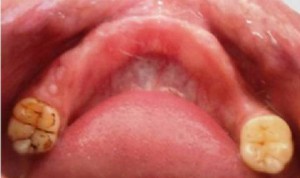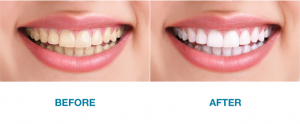What’s the single best way to avoid having bad breath? The answer’s simple—by maintaining good oral hygiene every day.
The Basics Are Still Best
Brush. Floss. Rinse. It sounds pretty simple, yet it’s the best routine to help you win the battle against bad breath. These easy steps will help you get the most from your dental health routine:
- Brush your teeth for two minutes twice a day with an Oral-B Electric Toothbrush to remove plaque bacteria. Follow up with a good tongue brushing. Pay special attention to the back of your tongue, where most odor-causing bacteria are found.
- Floss effectively to help remove food particles. If reaching back teeth is difficult, a floss holder can help.
- Round out your routine with a mouthwash that fights bad breath to keep your mouth at its freshest.

Other Ways to Protect Against Bad Breath
- Drink plenty of water to stay hydrated. The amount of water you need will vary based on your physical build and daily activity level.
- Chew sugarless gum to stimulate saliva production. Eating a mint is a temporary but less recommended method for breath freshening because it can leave a sugary residue behind.
- Chronic bad breath may be a symptom of a more serious condition, so you should consult a dental or medical professional.
- Learn which foods can cause bad breath.
- Consider limiting behaviors that can intensify bad breath, such as drinking alcohol or smoking.

